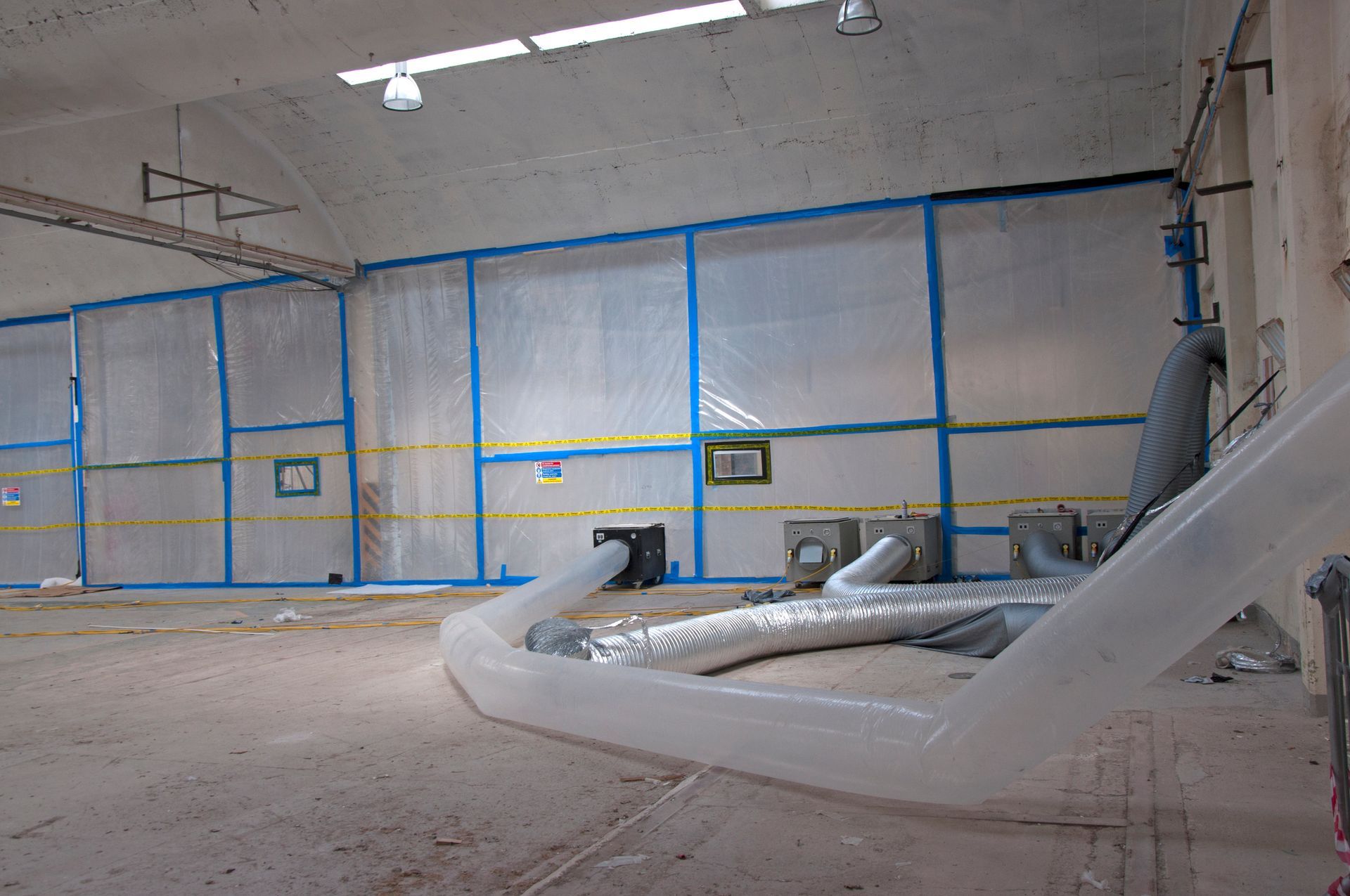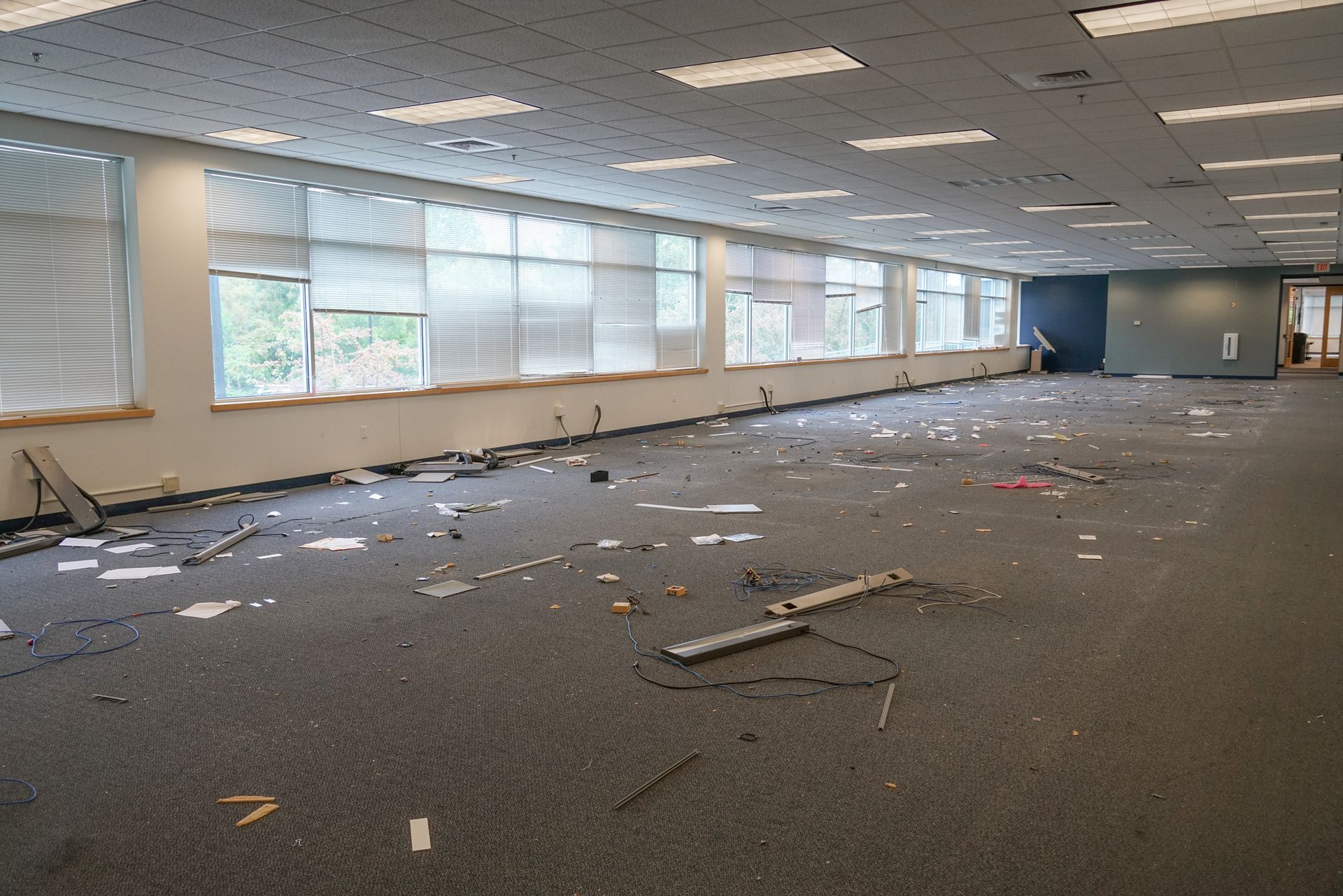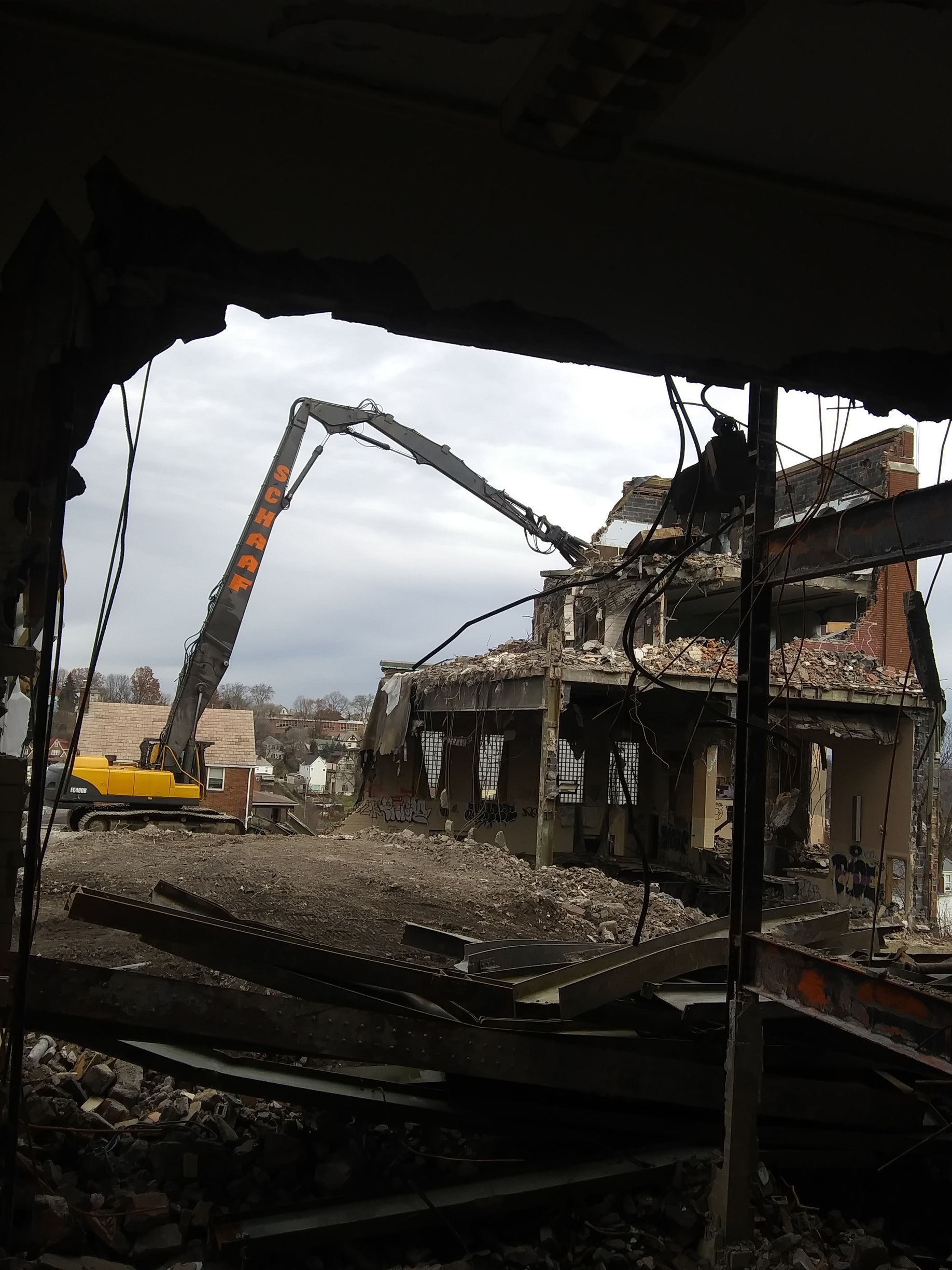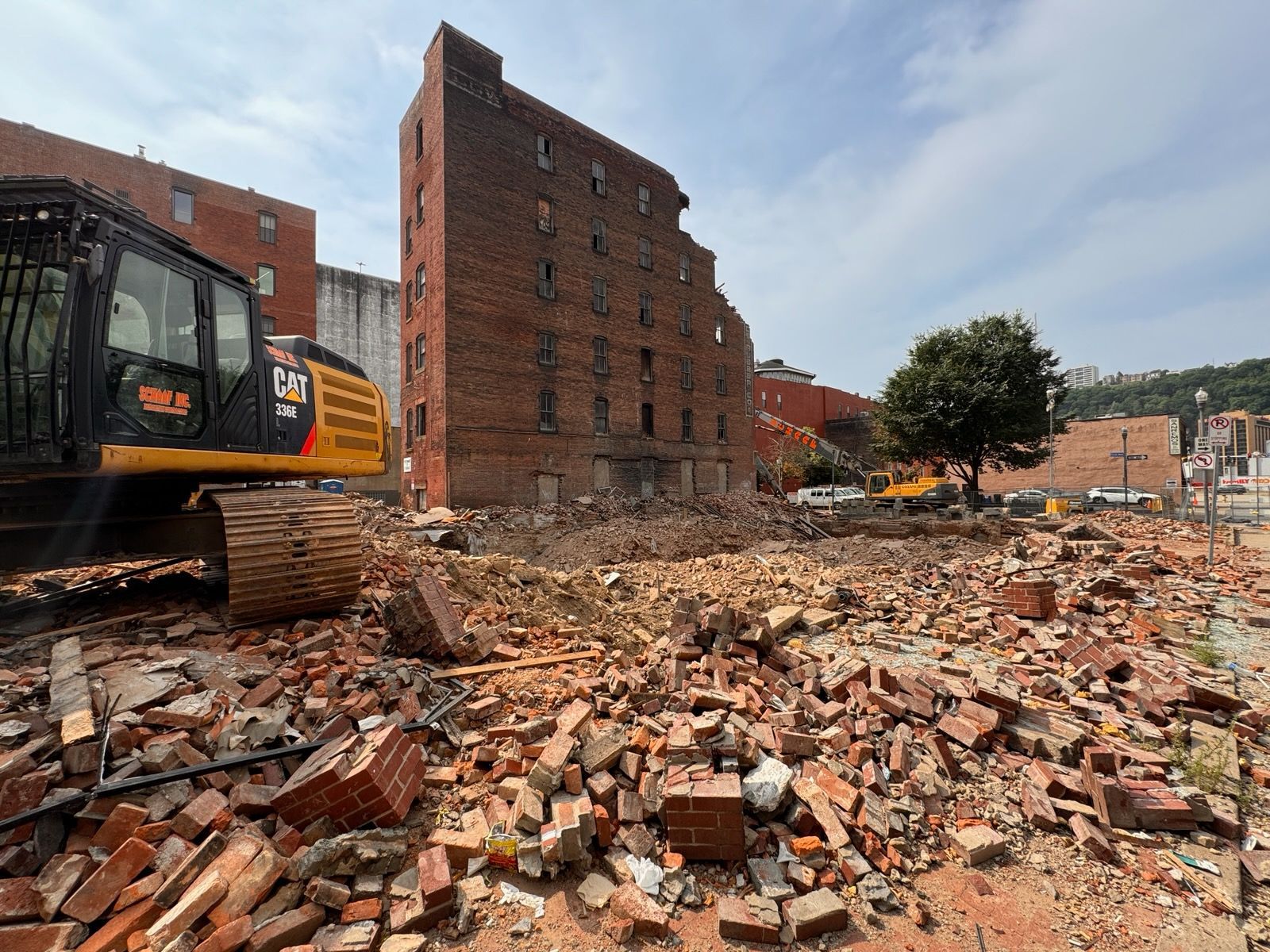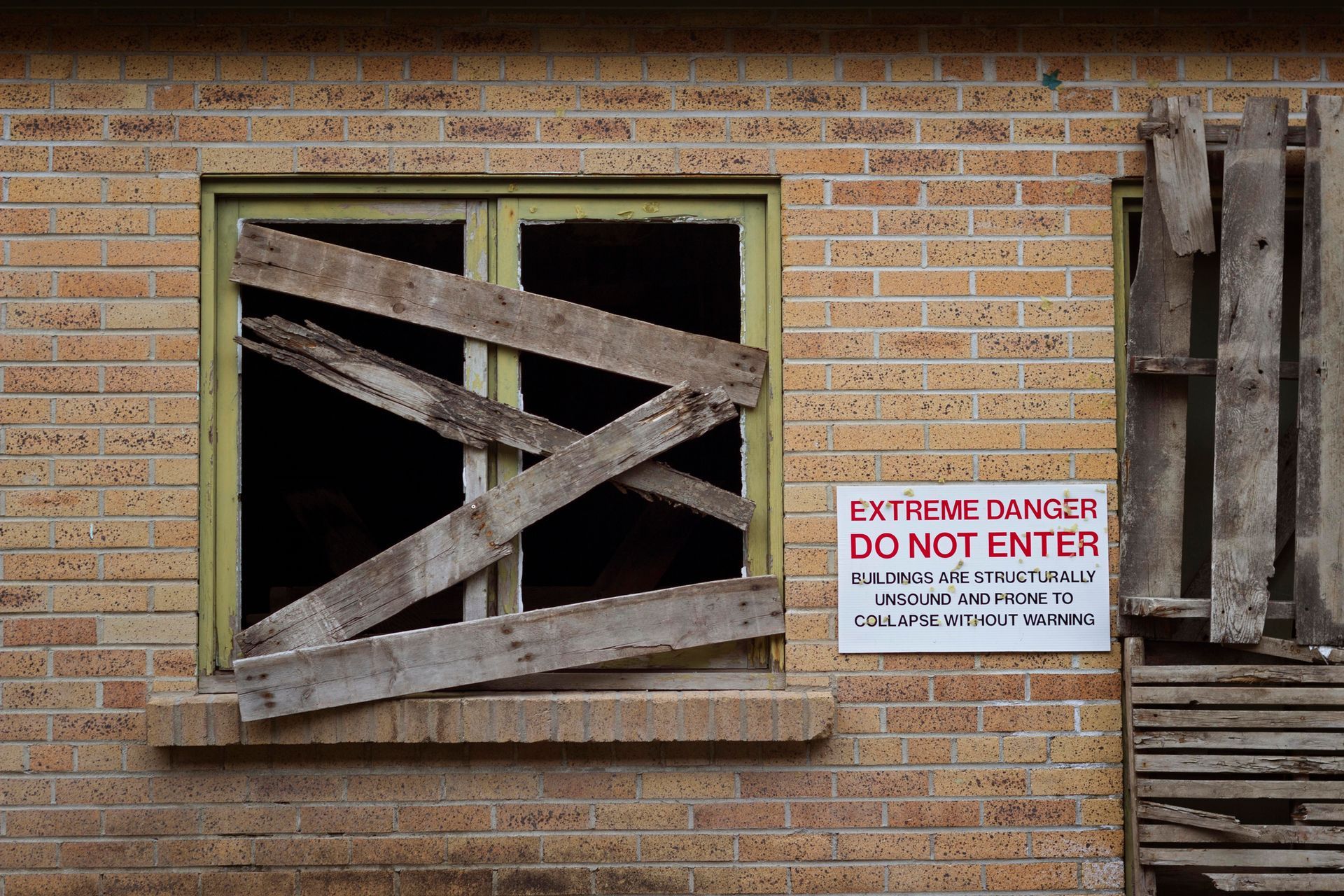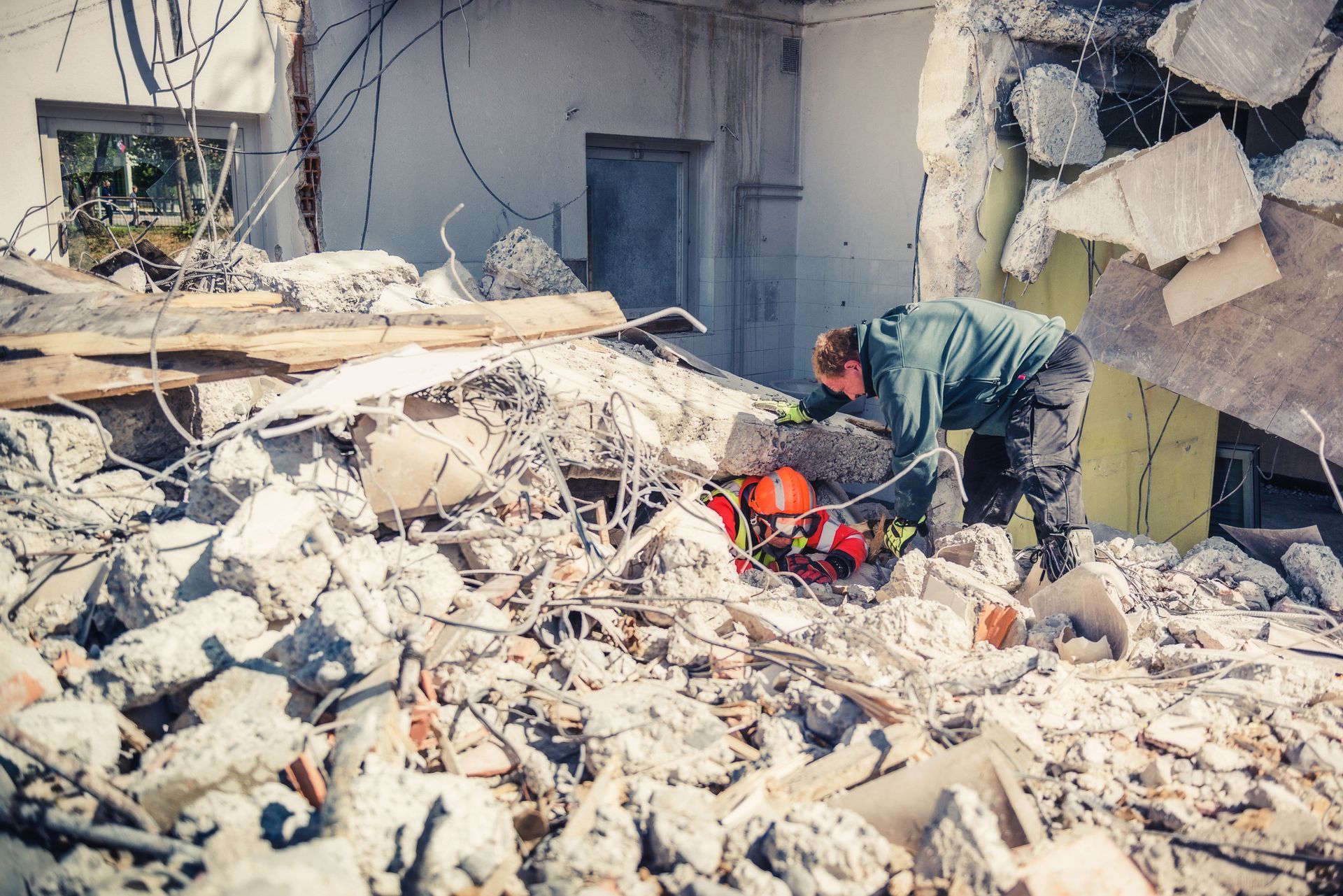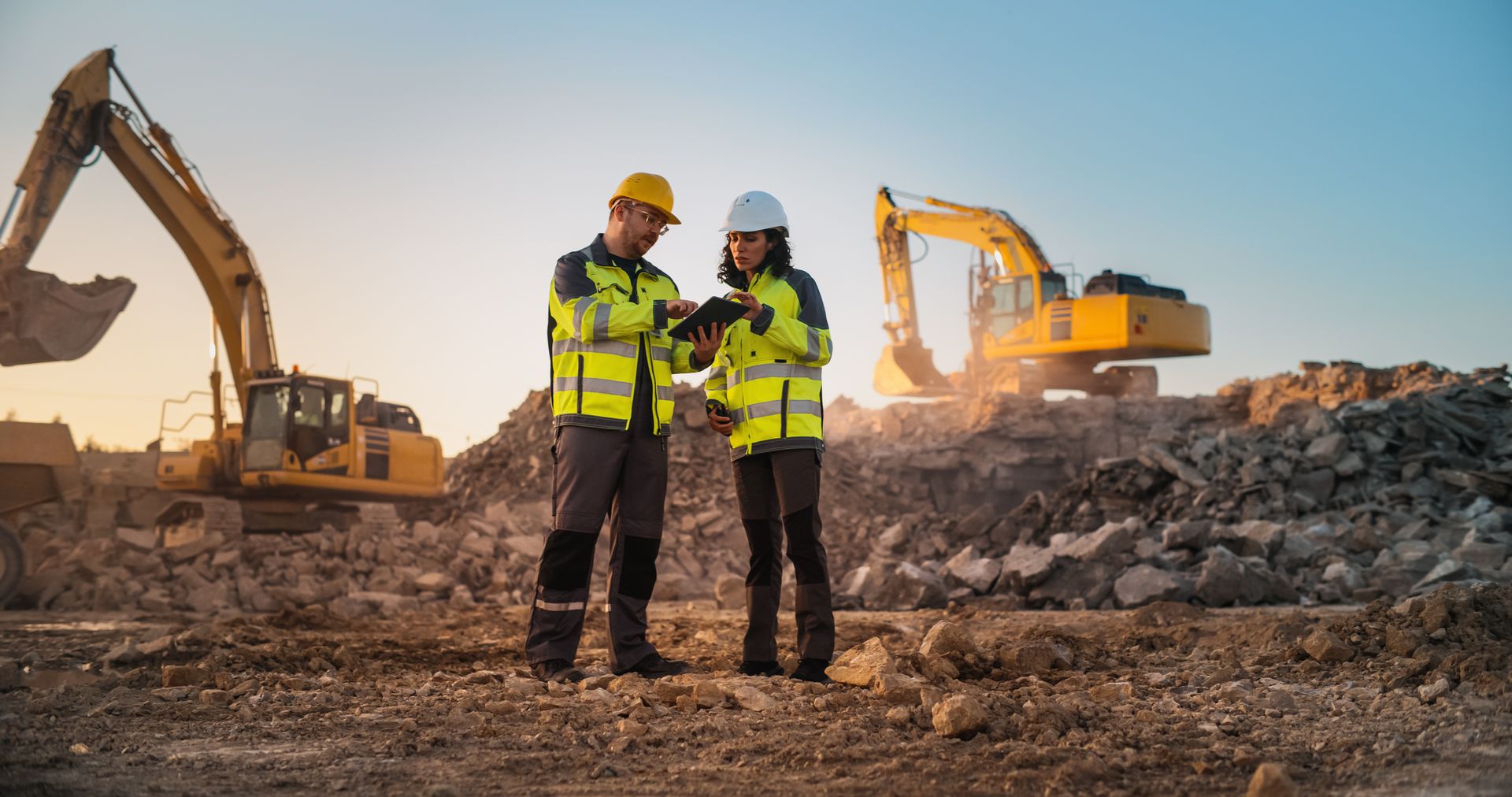Demolition in Retail Redevelopment: What Real Estate and Facility Managers Need to Know
Redevelopment projects are reshaping the retail landscape across the country. As consumer preferences evolve and e-commerce grows, older shopping centers, strip malls, and stand-alone retail properties are increasingly underutilized. For real estate developers and facilities managers, this shift creates a new opportunity while also adding complexity to redevelopment.
One of the most important decisions during redevelopment is whether to pursue total demolition or selective demolition services for their retail space. Each approach carries unique costs, timelines, regulatory requirements, and long-term implications. Choosing the best method can determine not only the success of a single project but also the long-term profitability of a property.
This guide provides an in-depth look at the considerations behind total vs. selective demolition in retail redevelopment, with practical insights for professionals navigating these high-value decisions.
The Decline of Aging Retail Spaces
Retail spaces constructed in the 1970s, 80s, and 90s often no longer fit the needs of today’s tenants. Large anchor stores, sprawling parking lots, and enclosed mall corridors were once attractive but now struggle to remain viable.
Three major forces drive the need for redevelopment:
E-commerce and changing shopping habits. Consumers increasingly favor convenience, smaller-format stores, and mixed-use developments that combine shopping with dining, entertainment, and housing.
Tenant demands. National retailers want flexible, modern floor plans that can adapt to omnichannel strategies. Outdated properties may lack the infrastructure for logistics, technology, and accessibility.
Community priorities. Municipalities are encouraging redevelopment of vacant or underperforming retail spaces into projects that better serve residents, such as residential units, offices, or healthcare facilities.
For many sites, renovation alone is not enough. That’s where demolition—either total or selective—comes in.
Total vs. Selective Demolition: What’s the Difference?
Total demolition removes the entire structure, leaving behind a cleared site for new construction. This approach is straightforward but disruptive. It is typically the best option when structures are unsafe, outdated, or incompatible with redevelopment plans.
Selective demolition services, , involve carefully dismantling certain parts of a building while leaving others intact. Crews may preserve foundations, steel framing, or historic façades. Selective demolition requires greater precision, planning, and labor coordination, but it often results in cost savings and preservation of valuable elements.
Retail building demolition examples include:
Total demolition: An abandoned strip mall is razed to prepare the site for a mixed-use residential and retail development.
Selective demolition: The exterior shell of a retail plaza is preserved while interior spaces are gutted to create smaller, flexible tenant units.
Reasons for Total Demolition in Retail Properties
For developers and facilities managers, total demolition is typically chosen when:
Structural safety is compromised. Buildings with severe deterioration, roof collapse risks, or foundation issues may not be cost-effective to salvage.
Layouts are inflexible. Retail formats such as large anchor stores or multi-level department stores often cannot be easily converted for modern retail or alternative uses.
Repurposing requires a blank slate. Redevelopments that convert retail into residential, office, or community-use spaces typically demand complete demolition.
The cost favors rebuilding. Renovating a building with outdated infrastructure (e.g., HVAC, plumbing, and electrical systems) may cost more than constructing a new one.
Example: A developer evaluating a failing enclosed mall may find that asbestos abatement, structural retrofits, and utility upgrades would cost more than starting fresh.
Top Reasons for Selective Demolition in Retail Redevelopment
Selective demolition services are preferred when redevelopment goals are leaning toward partial preservation. Common reasons include:
Reusing valuable elements. Steel beams, concrete floors, or structural foundations may still meet building code standards and reduce material costs.
Targeted upgrades. Selective demolition allows properties to meet ADA or energy-efficiency codes while maintaining much of the original building.
Budgetary constraints. When funding is limited, phased selective demolition enables developers to spread costs over time while keeping portions of the site functional.
Historic or community concerns. Preserving iconic architectural features can maintain goodwill with municipalities and local stakeholders.
Example: A retail plaza undergoing renovation may keep its recognizable brick façade while reconfiguring interiors for restaurants, offices, and boutique shops.
Timelines: How Long Does Demolition Take?
Demolition timelines vary widely, depending on the scope of work, permitting requirements, and site conditions.
Total Demolition Timelines
Planning and permitting: 1–3 months for assessments, permitting, and site logistics.
Physical demolition: Several weeks to a few months, depending on the size of the property.
Debris removal and site preparation: Adds additional time for larger structures.
Example: It may take three months from the first swing of the wrecking ball to the cleared site for a 200,000-square-foot shopping mall.
Selective Demolition Timelines
Planning: Often more complex than total demolition, as crews must evaluate structural stability and plan phased approaches.
Execution: May take longer than total demolition due to the precision required, especially in occupied retail environments.
Phasing: Work may be divided into zones, with demolition scheduled around tenant operations.
Key timeline factors:
- Weather delays
- Hazardous material abatement
- Seasonal tenant needs (e.g., avoiding peak shopping months)
- Utility relocation
Permitting and Pre-Demolition Requirements
Permitting processes differ between municipalities, but common requirements for both total and selective demolition include:
- Demolition permits for the structure or portions of it.
- Environmental assessments to check for asbestos, lead paint, mold, or other hazardous materials.
- Utility disconnections to ensure safe removal of gas, electricity, and water.
- Public notices or hearings are required if community input is required.
- Safety clearances, including dust suppression and noise-control plans.
Working with an experienced commercial demolition company ensures the job is completed in compliance and also reduces delays. Contractors typically coordinate directly with permitting authorities and environmental consultants.
Performing Demolition in Active or High-Traffic Retail Areas
Redevelopment often occurs while nearby businesses remain open. This creates unique challenges for demolition contractors.
Key strategies include:
- Night and weekend scheduling to minimize disruptions.
- Barricades and pedestrian control to protect public safety.
- Dust, debris, and vibration control to prevent damage to nearby businesses.
- Equipment logistics for hauling debris without blocking public access or loading zones.
- Tenant communication to keep stakeholders informed and mitigate complaints.
For facilities managers, coordination between demolition contractors and tenants is critical to ensuring redevelopment does not negatively impact existing business relationships.
Choosing the Right Company For Commercial Demolition Services
The choice of contractor can determine whether a redevelopment project stays on schedule and within budget. Facility and real estate managers should prioritize:
Licensing and insurance. Ensures compliance with local laws and liability coverage.
Retail experience. Contractors with proven success in occupied retail zones understand logistical challenges.
Safety record. A strong safety culture reduces risks to workers and the public.
Full-service capabilities. A contractor who offers both total and selective demolition services provides flexibility as project needs evolve.
Transparent communication. Clear scheduling, budgeting, and reporting help managers make informed decisions.
Case Example: Total vs. Selective Demolition in Practice
A regional developer faced a choice with a 1970s-era shopping center anchored by a failing department store.
Option 1: Total demolition. This would allow complete redevelopment into residential and retail, but it would require a higher upfront investment.
Option 2: Selective demolition. Preserved steel framing and parking lot while reconfiguring interiors for new tenants.
After analysis, selective demolition was chosen, saving several million dollars and cutting redevelopment time by six months. Tenants could remain open in phases, and the community benefited from a faster transition.
Matching Demolition Strategy to Your Retail Redevelopment Goals
The decision between total and selective demolition is rarely straightforward. Each project brings unique challenges involving structural integrity, community expectations, tenant needs, and budget constraints.
For some retail properties, total demolition clears the way for transformative redevelopment. For others, selective demolition services allow for strategic upgrades that preserve valuable assets while reducing costs.
In either case, success depends on working with a trusted commercial demolition company that understands the nuances of retail redevelopment. With the Schaaf Excavating Contractors, real estate developers and facilities managers can turn aging retail properties into thriving, modern spaces that meet today’s market needs.

Author: Tim Schaaf
Owner & Founder of Schaaf Excavating Contractors.
